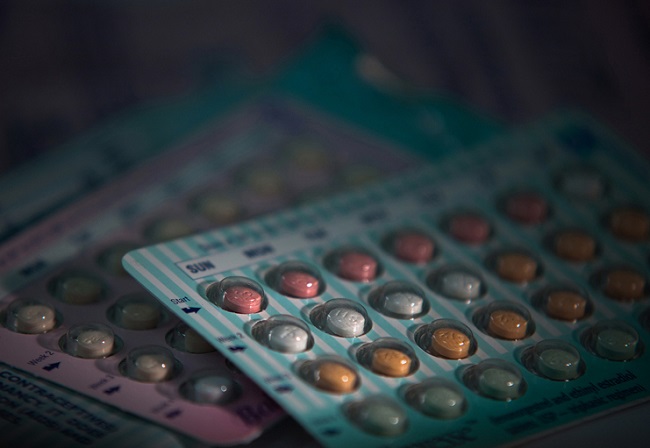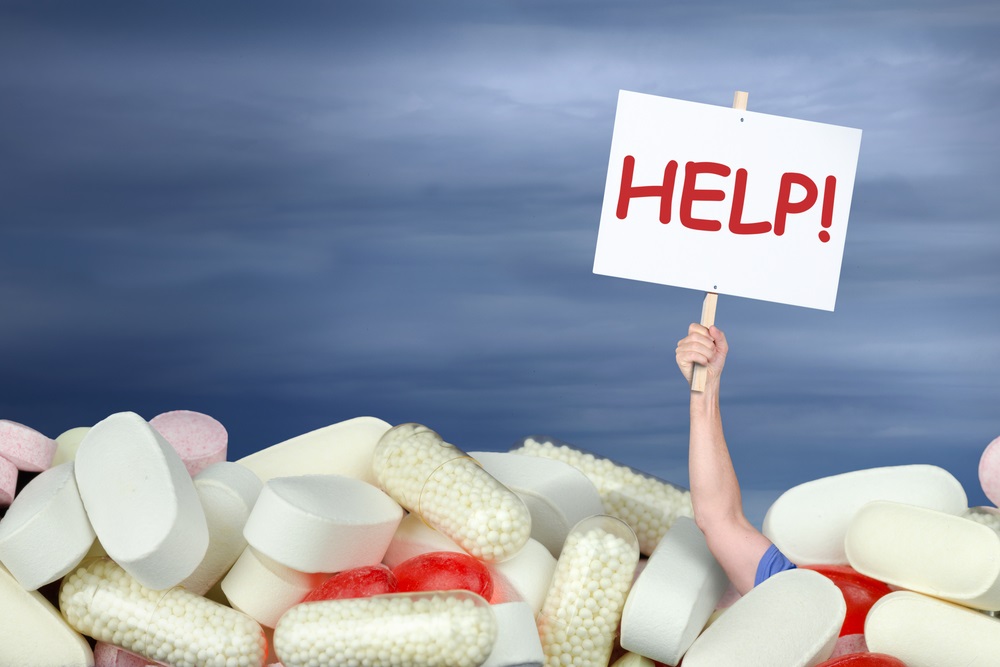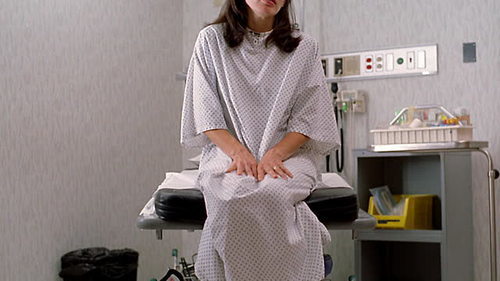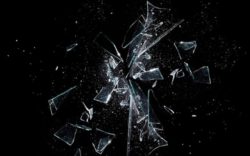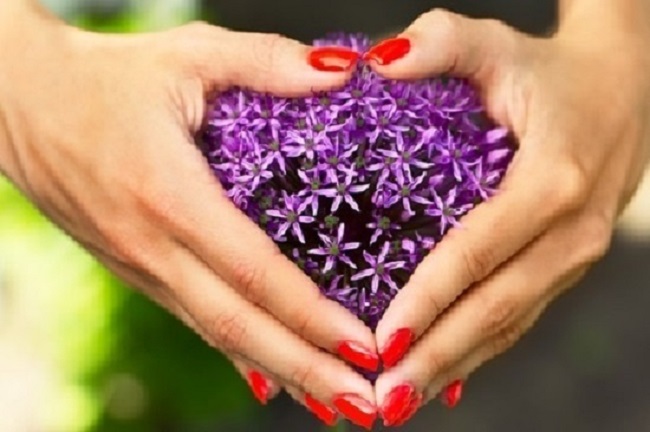“We are buried beneath the weight of information, which is being confused with knowledge; quantity is being confused with abundance and wealth with happiness. We are monkeys with money and guns.” – Tom Waits
And smartphones.
Perhaps this is the lament of generations – that the next generation does not know; that they fail to recognize the sins of their fathers and are destined to repeat them. Or maybe all history is repetition. Sure, the names, the technology, the geography change, but the story remains the same. Power begets power, money begets money and nonsense begets ever more nonsense.
And what nonsense we have had as of late. Are we becoming monkeys with guns, money and smartphones? Have we confused information with knowledge, belief with reality, certainty with understanding, wealth with happiness and promoted the rights of guns and corporations and just damned idiots over human health and dignity? It certainly seems so.
Long ago, a colleague traveling through Cambodia spoke with a man about the Khmer Rouge. He said; “they thought they could reinvent the world and society by erasing all of the culture and rules of the past and starting with nothing, thinking they could discover the essence of mankind”. “Really?” he asked. “And what did they discover?” “That men without history or culture are nothing better than angry monkeys with machine guns”.
And here we are now, in 21st century America, angry monkeys fighting for the rights of machine guns over humans; ready, willing and able to re-write history by caveat, force, or simple ignorance – TL;DR anyone (too long, didn’t read for the older among us). Only our re-writes are driven not by a need to find the ‘essence of man’ or some meaningful truth about reality, but by money and the false sense that equates free market forces with moral good, belief with reality, and the quantity and force of information spewed with knowledge and understanding.
Saying less, more loudly, more frequently and with more anger is what constitutes news these days. And not only do we buy or pay for our own dumbing down upfront with cash, but we reward with more cash and our dying admiration the companies and individuals who profligate the garbage. Yes, sir, please feed me more toxic garbage, and yes sir please allow me to give you my hard earned paycheck for the privilege of killing my soul, my brain or my body.
A strange state, indeed.
This diatribe of lost hope came to be about month ago when Yahoo! in their infinite wisdom purchased a little known, software company called Summly. Yes, Yahoo! still exists, unbelievable right. And they just spent $30 million on software that summarizes crap internet content into smaller bits of crap internet content, so that we can browse it more quickly from our smartphones.
Aside from the fact that this software may not be that good and the company had few users and no revenue, both good reasons not to buy said company, this purchase is just directionally stupid and speaks to our continuous slide in non-thinking oblivion.
Do we really need smaller bits of crap from the churnalism that has become the news media? Do we really need to give a 17 year old, who created said software – software that has no socially or economically redeeming qualities – a one-off shot of cash, when we could hire and pay hundreds of people to produce quality, thoughtful and perhaps even enlightening articles? Better yet, we could invest in people and technologies to solve real problems in the real world, not the fabricated needs of the TL;DR generation.
Why not invest in writers, thinkers, journalists and create actual news articles that don’t have to be endlessly reduced to nothingness? Why not produce news that folks would read, learn from and maybe even enjoy? I suspect a business model that valued people and actual innovation at least as much as narcissistic gadgetry might actually improve our economic circumstances.
Alas, Yahoo!, and I am afraid, many others – the entire ‘old media’ enterprise – think it is directionally correct to pursue the quick and easy algorithm distillery approach to news. Think about it, major tech companies with no history or understanding of news, history or culture are guiding the news media toward obsolescence. And the news sector is following.
News rooms are shuttering in favor of social media driven gossip or marketing created content. Investigative journalism and thoughtful analysis are dead and in their place ‘political’ talk shows, brokers of endless “he said” “she said” cabals common in any high school locker room, flood the airwaves. Erstwhile, the old guard wonders why the media institutions of yesteryear are failing. Really guys, you cannot figure out? Content is not the same as news. Algorithms can’t do investigative reporting. Technology cannot replace people. TL;DR doesn’t cut it.
While the Yahoo!s and the Summly’s of the world can distill crap into smaller pieces of crap, it takes real thinking humans to understand history and culture. Without this understanding, we become no more than monkeys with money, guns and smartphones. But hey, really what more do you need? And ignorance is bliss, isn’t it?


